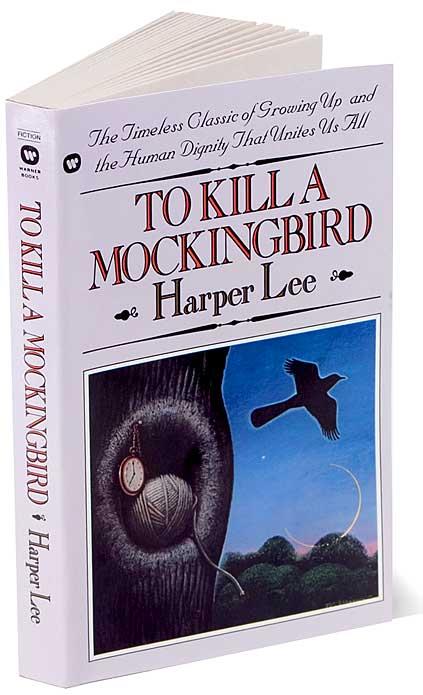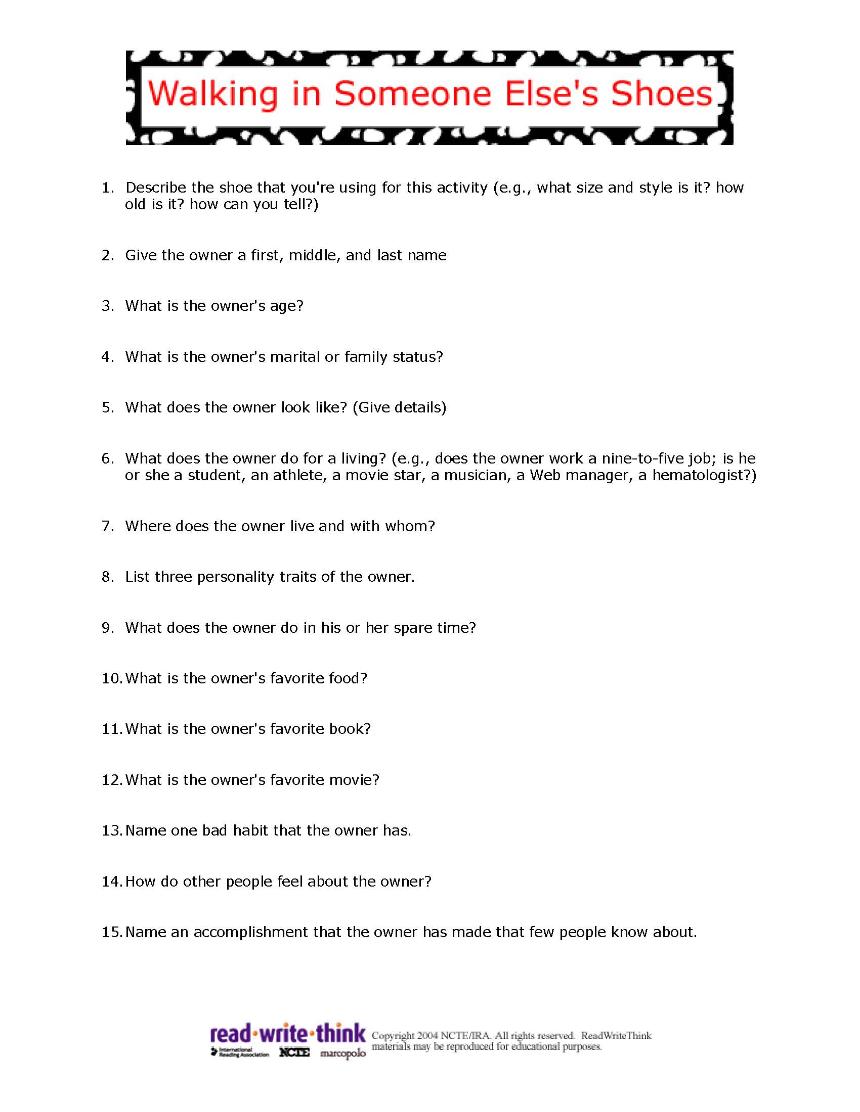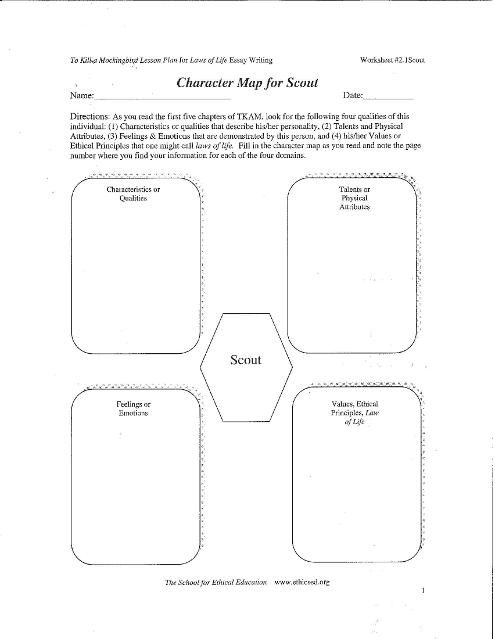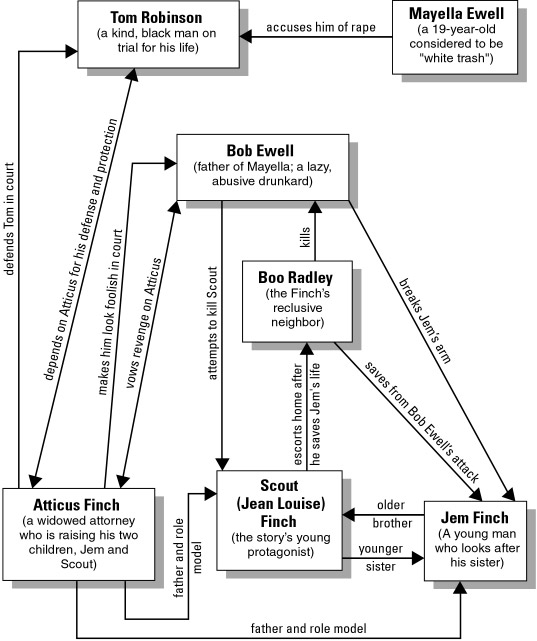Ms. Whiteside's "To Kill a Mockingbird"
"You never really understand a person until you consider things from his point of view
.... Until you climb inside of his skin and walk around in it."
Atticus to Scout.

What a great novel!
This website serves as a essential tool to Ms. Whiteside's class novel study. The site contains the following:
- daily assignments
- movie clips
- vocabulary
- activites/games
Students are strongly encouraged to take advantage of the many helpful websites when studying or reviewing before assessements.
Chapter quizzes, writing assignments, and a comprehensive test should be expected by students during this novel unit.
About the Author: Harper Lee
Biography http://www.biography.com/people/harper-lee-9377021
Article: "Harper Lee Sues Agent Over Copyright on 'Mockingbird"
Further Study: "Harper Lee's Novel Achievement" http://www.smithsonianmag.com/arts-culture/Harper-Lees-Novel-Achievement.html
The Setting
Details about the fictional town in Alabama called Maycomb, based on the name of Harper Lee's hometown Monroeville.
Alabama "A region of storytellers, naturally."
PBS Presentation: The Great Depression 55:21 mins
PBS Presentation: The Dust Bowl 52:31
"To Kill a Mockingbird" UNABRIDGED AUDIO BOOK (1 of 11 at 1:14:19 mins)
Shmoop.com's Plot explanation chapter by chapter
Daily Assignments
Assignment 1: Jim Crow Laws & Discrimination -Students will examine Jim Crow Laws to gain an understanding of the culture and times surrounding the novel and it's content. Answer the following questions using the website below and the Jim Crow Laws pdf below. Students should be prepared to discuss their repsponses aloud. Use your own notebook paper.
Use this link to read examples of Jim Crow Laws, this link to understand the history of Jim Crow, and this link to how the laws applied by state.
(See below for the Jim Crow Laws pdf document as well before beginning to answer questions 1-4.)
Questions:
1. Define Jim Crow. What is a Jim Crow Law?
2. Describe the economic, social, and legal status of African Americans during the time of Jim Crow.
3. How were African Americans treated during this time? Did African Americans have any legal recourse against acts of violence waged against them?
4. How do whites now regard their treatment of African Americans during this time?
Further Study 1: While listening to the story of sharecropping, try to be empathetic or imagine what it would be like to walk in these mens' shoes. Visit this link to locate audio narratives of people who lived during the Jim Crow era.
5. How would you feel if you had to walk to school only to get there and be seperated from other students your age like the man in "Get Off the Sidewalk?
6. How is your typical school day different than the account told by the man in "Get Off the Sidewalk?"
7. Listen to the audio story "Sharecopping." Do you think it was fair for the sharecropper to claim the workingman's wages? Why or why not?
Further Study 2: "A Class Divided" is an encore presentation of the classic documentary on third-grade teacher Jane Elliott's "blue eyes/brown eyes" exercise, originally conducted in the days following the assassination of Rev. Martin Luther King Jr. in 1968. Today, you'll watch segments "The Daring Lesson.' and "Day Two" only.
8. What did you learn about people having watched Mrs. Elliott's excercise?
9. What scene or scenes do you think you'll still remember a month from now and why those scenes?
10. Did any part of the film surprise you? Do you think someone of a different race, ethnicity, or religion would also find it surprising?
SEGREGATION EXERCISE REFLECTION:
11. What is it like to be in your group today? Did you feel more empowered? Better than the other group? Special?
13. How did you feel about what was happening to those in the other group?
Further Study 3: "To Kill a Mockingbird: Southern Reaction 1960" PBS film
Assignment 2: Town Poem - Students will create a "Town Poem" from their observations of the photographs from this link:
Create an imaginary town based on the photographs you viewed from the Library of Congress collections site.
a.) List your observations of the photographs. Rely on your impressions.
b.) What are the town's secrets?
c.) What is the town's mood or tone?
d.) Write a poem about your town in the second person (he/she/they) Assume the reader of your peom has never been to this town, but write as though you have lived there your whole life.
Limit your poem to ten lines. It does not have to rhyme, but must have a title.
Be prepared to share this poem with a partner or small group chosen by the teacher.
Assignment 3: The Concept of Courage - Students will look up the following terms using www.dictionary.com. Consider these definitions when responding to the follow writing prompt. You must write in full, complete sentences. Be prepared to possibly share out your reponse.
Words: courage, moral, cowardice
Writing Prompt: Give an example of a time you showed courage in a situation OR when you observed someone else showing courage in a situation. Use details from the event to set the scene as if we are they with you.
Further Study 1: The Civil Rights Era
Assignment 4: Character Traits - An interactive worksheet used to describe the character traits of seven characters from the novel. You must include page numbers where examples of either courage or cowardice is displayed by each character. PRINT and submit. Use this link.
Further Study 1: Scout - a character who drives the plot AND us to read on!
Assignment 5: "Spend a Day in My Shoes"
In the novel, Atticus explains to Scout that "You never really understand a person until you consider things from his point of view...until you climb into his skin and walk around in it." Choose one of the shoe photos below to use for this writing activity.
Directions:
1. Examine this pair of shoes closely and envision what the owner would look like and how they would act.
2. Answer the questions on the attached handout "Walking in Someone Else's Shoes" #1-15 shown below.
3. Then write a typed, double spaced half page narrative from as the shoe owner. Tell the story of a day in the life of the shoe owner's life. Some of these narrative may be shared with the class.


|
Jim Crow Laws.pdf Size : 53.236 Kb Type : pdf |
Assignment 2: Character Map
Using a graphic organizer like the one below (provided by the teacher) analyze a character of your choice from To Kill a Mockingbird: Atticus, Scout, Jem, or Dill.


EXTRA MOVIE CLIPS TO VIEW! You'll need earbuds or headphones.
Movie 1: "To Kill a Mockingbird" Movie Trailer (turn up your speakers or use earbuds)
Movie 2: "To Kill a Mockingbird" Turns 50 (turn up your speakers or use earbuds)
Movie 3: "To Kill a Mockingbird"- Atticus's Courtroom Speech (turn up your speakers or use earbuds)
http://americanrhetoric.com/MovieSpeeches/moviespeechtokillamockingbird.html
Educational Games "To Kill a Mockingbird" (turn up your speakers or use earbuds)
Word-O-Rama http://www.vocabulary.co.il/literature-games/to-kill-a-mockingbird-word-o-rama/
Letterfall: http://www.vocabulary.co.il/literature-games/to-kill-a-mockingbird-letterfall/
Word Search: http://www.vocabulary.co.il/literature-games/to-kill-a-mockingbird-word-search/